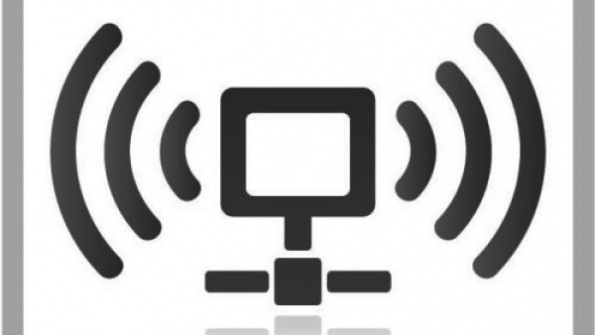Wireless connectivity between devices and display monitors remains mostly fantasy today, Google's Chromecast notwithstanding. But it could become a big deal for tablets, smartphones and even traditional PCs in the future. And it may even work on Linux, if the nascent OpenWFD project succeeds—which would be very good news for open source hardware vendors.

Wireless connectivity between devices and display monitors remains mostly fantasy today, Google's Chromecast notwithstanding. But it could become a big deal for tablets, smartphones and even traditional PCs in the future. And it may even work on Linux, if the nascent OpenWFD project succeeds—which would be very good news for open source hardware vendors.
Launched about two weeks ago by experienced open source hacker David Herrmann, OpenWFD's goal is to develop an open source implementation of the Wifi-Display standard, better known as Miracast. Although the project's specific focus remains unclear, the software it aims to produce should make it possible for Linux-based devices—as well as those running other platforms, possibly—to connect to monitors and other types of displays wirelessly, without the need for pesky cables.
Apart from specialized, proprietary devices such as Google's Chromecast and this expensive (and somewhat bulky) solution, wireless connections to display devices are mostly only a dream today, when the mere ability to connect a PC to a monitor using a USB cable is still kind of a big deal.
But Miracast functionality could become a killer feature in the future, when the requisite hardware and software support for it become more widely available. The attraction of being able to direct the screen output from a tablet, phone laptop or PC to an LCD monitor, TV or digital projector across the room, without the hassle of cables or special intermediary hardware, is pretty obvious.
If OpenWFD succeeds, it will help to ensure that Linux users are not left in the dark when Miracast goes mainstream. It also will open up new possibilities for hardware vendors working with open source standards, who will, for instance, be able to sell Linux-based PCs and tablets with wireless display streaming built-in. And perhaps most importantly, it will ensure that Miracast will not become another corner of the channel monopolized by undocumented, proprietary implementations that stifle collaboration and partnerships.
For now, OpenWFD remains little more than a dream. But it is under "heavy development," according to the programmers, and with enough backing from across the open source channel, it could help to power your wirelessly connected business presentations and Netflix viewings in the future.
About the Author(s)
You May Also Like


